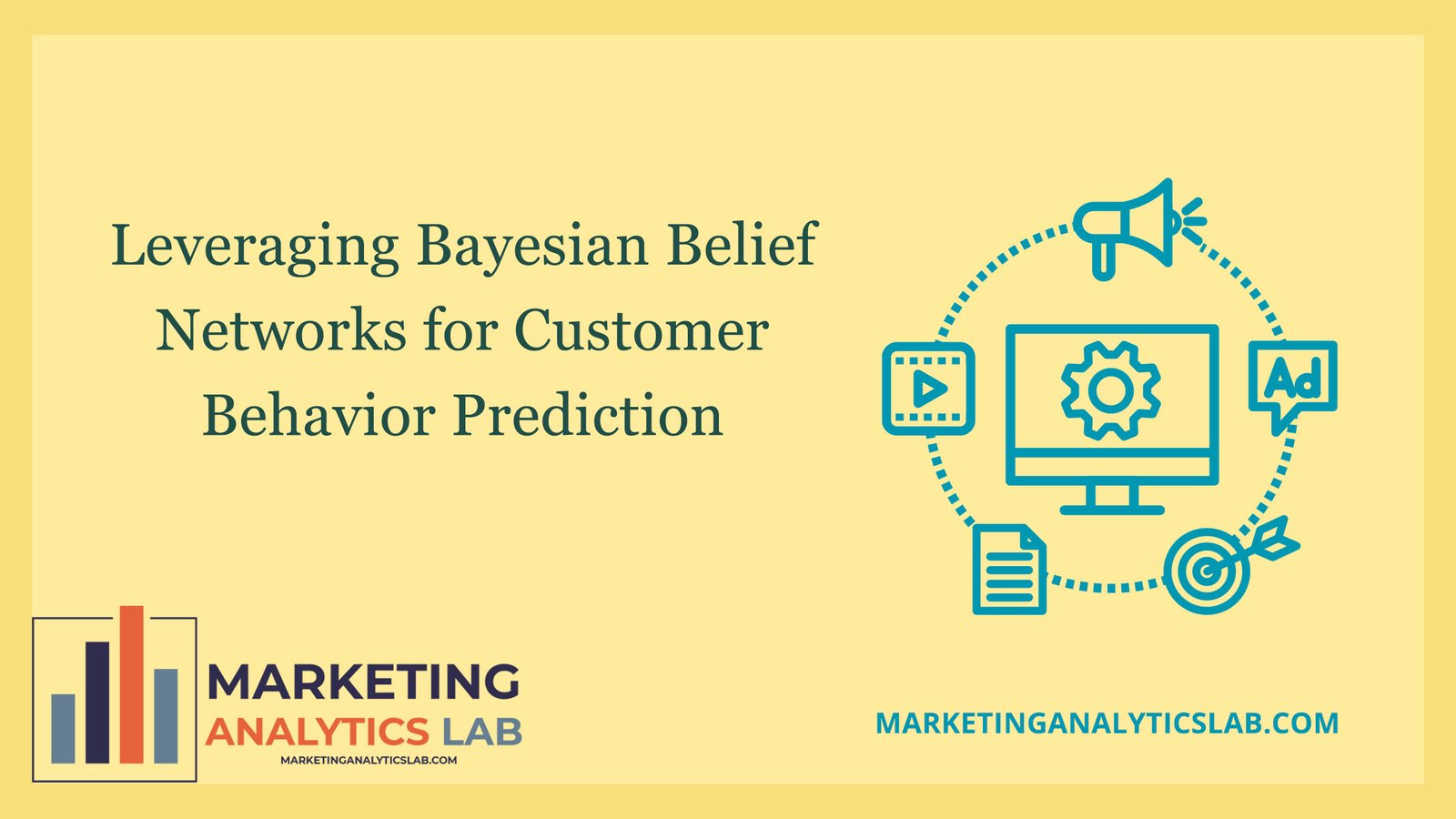Understanding Bayesian Belief Networks
Bayesian Belief Networks (BBNs) are powerful probabilistic graphical models used to represent and reason about uncertain knowledge in a domain. They are composed of nodes representing random variables and directed edges indicating probabilistic dependencies between these variables. BBNs are based on Bayes’ theorem, which allows for updating beliefs in light of new evidence. This makes them well-suited for modeling complex systems where uncertainty is inherent, such as customer behavior prediction.
In a BBN, each node represents a variable, such as customer demographics, past purchase history, or website interactions. The directed edges capture the relationships between these variables, with the strength of the connection reflecting the strength of the probabilistic dependency. By encoding domain knowledge and data into the network structure, BBNs can efficiently capture complex patterns and dependencies in customer behavior data. This allows businesses to gain insights into the drivers behind customer decisions and tailor marketing strategies accordingly.
One of the key advantages of BBNs is their ability to handle uncertainty and incomplete information. BBNs allow for probabilistic inference, which means that they can provide not only predictions but also the uncertainty associated with those predictions. This is crucial in customer behavior prediction, as customer decisions are often influenced by a multitude of factors that may not be fully observable. By leveraging BBNs, businesses can make more informed decisions and develop targeted strategies to influence customer behavior effectively.
Predicting Customer Behavior with Bayesian Belief Networks
In the context of customer behavior prediction, BBNs can be used to model the complex interactions between various customer attributes and predict future behavior, such as purchase likelihood, churn propensity, or product preferences. By incorporating data from multiple sources, including transaction history, demographic information, and customer interactions, BBNs can provide a holistic view of the customer and identify key factors driving their behavior. This enables businesses to segment customers based on their predicted behavior and personalize marketing efforts accordingly.
To predict customer behavior using BBNs, businesses typically start by constructing a network structure based on domain knowledge and available data. Next, they estimate the parameters of the network using historical data through techniques such as maximum likelihood estimation or Bayesian inference. Once the network is trained, businesses can use it to make predictions about future customer behavior by updating the beliefs in the network based on new evidence. This iterative process allows for continuous learning and adaptation to evolving customer preferences and market dynamics.
By leveraging BBNs for customer behavior prediction, businesses can gain a competitive edge by anticipating customer needs and preferences ahead of time. This enables them to proactively engage with customers, tailor product recommendations, and optimize marketing campaigns to drive customer loyalty and maximize revenue. As the volume of customer data continues to grow, BBNs offer a powerful tool for extracting valuable insights and unlocking the potential of data-driven decision-making in the realm of customer relationship management.

